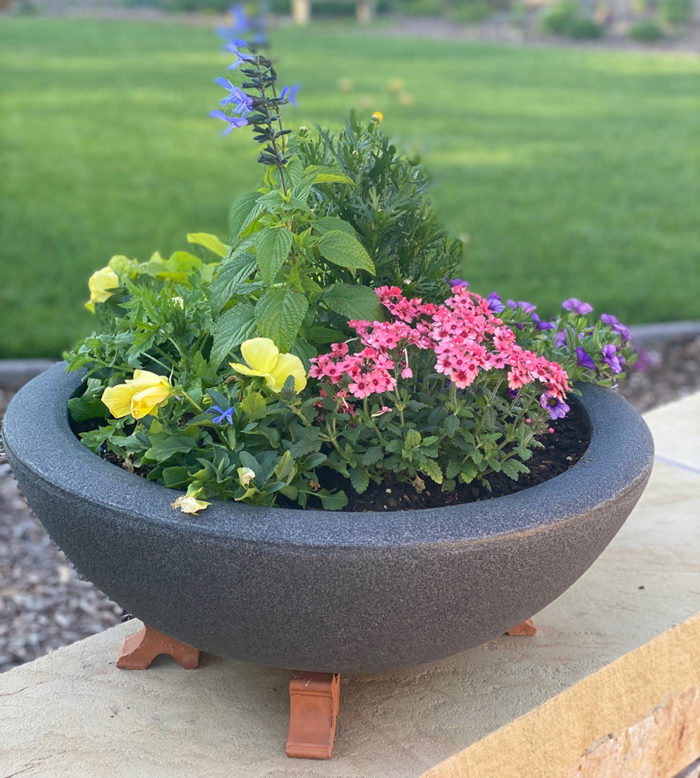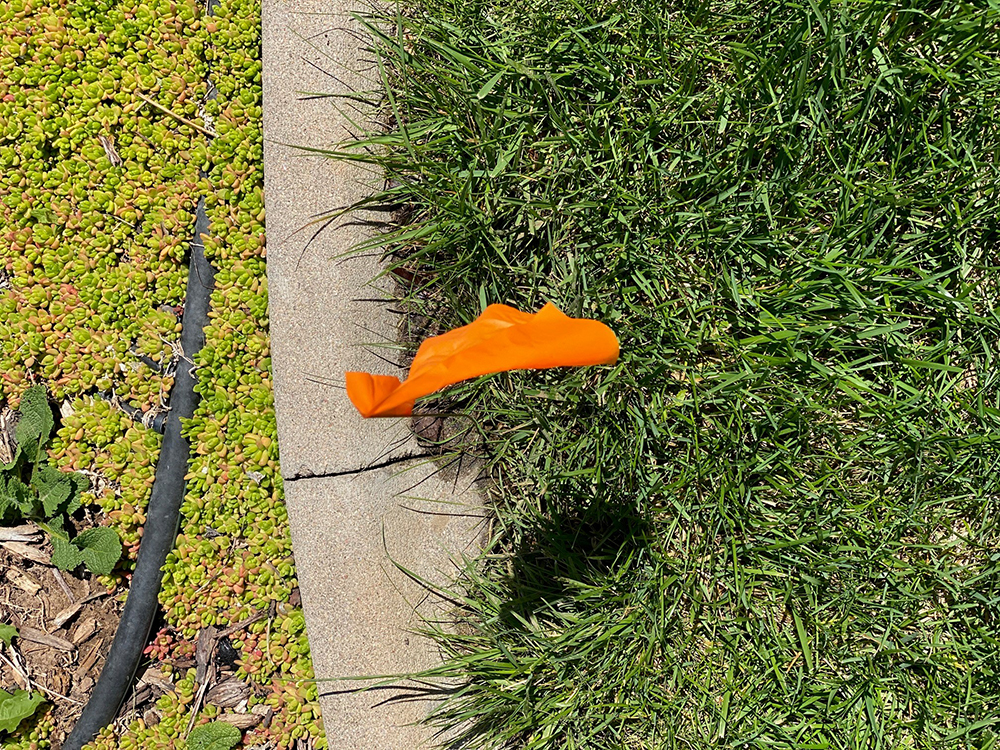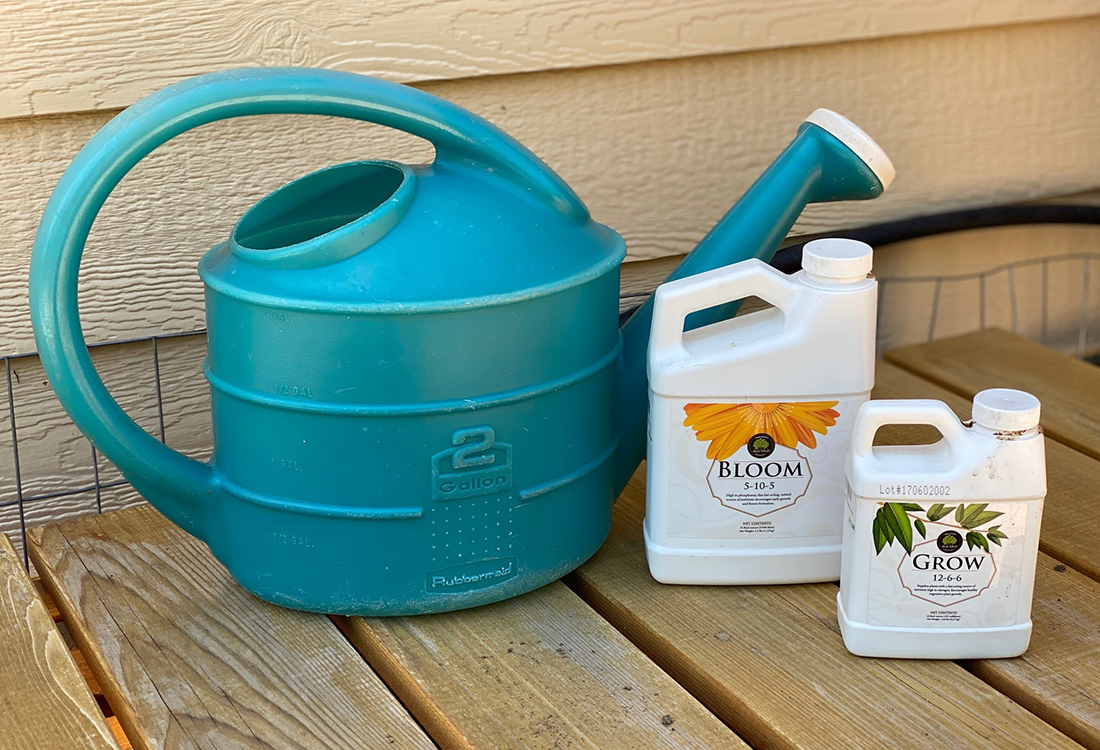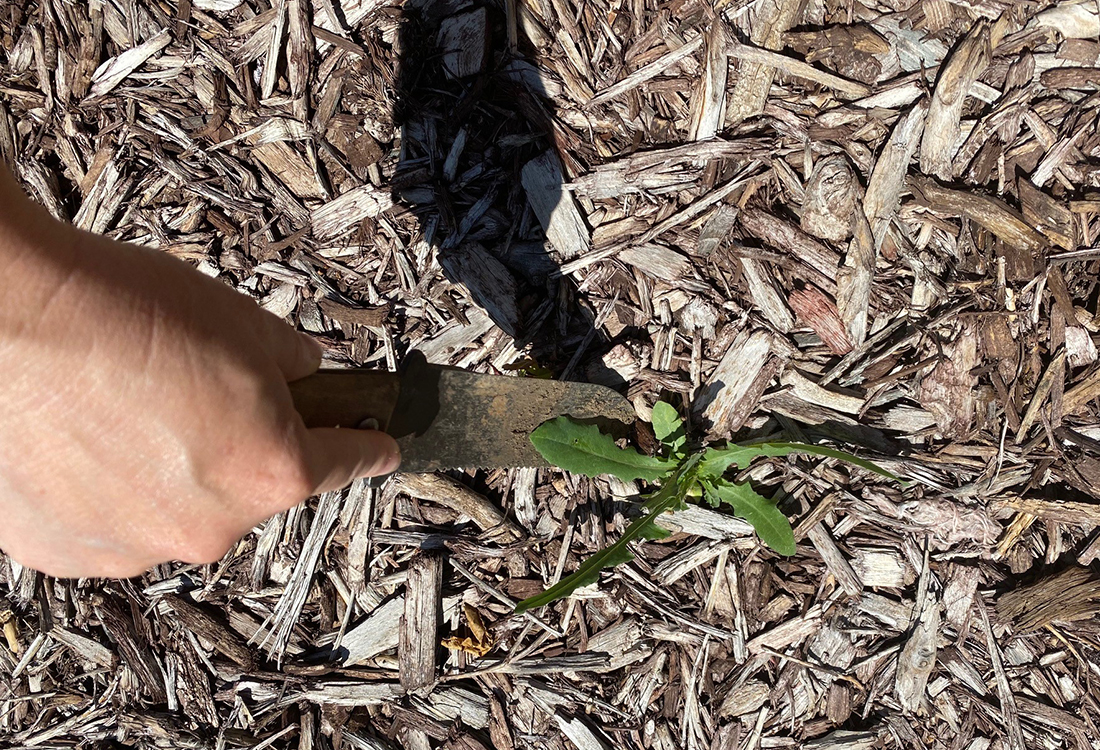
Care for your containers. As new annuals get established in their containers, provide them with regular moisture. As the month goes on, deadhead plants to encourage continuous blooming, and provide additional fertilization (following the directions on the fertilizer you use). For houseplants you brought outdoors, water consistently and monitor for insects, hosing off with water as needed.

Check your trees and shrubs for frost damage. We had a hard freeze in mid-April this year across the Mountain West just as many trees were getting ready to bloom or leaf out. As a result, several types of trees including crabapples (Malus spp. and cvs., Zones 4–8) and pears (Pyrus spp. and cvs., Zones 4–9) didn’t bloom at all, lilacs (Syringa spp. and cvs., Zones 3–8) and other shrubs had minimal blooms, and many others had their new leaves freeze and fall off. By now, most trees and shrubs should have recovered. You may need to prune back some dead branches that did not make it.

Monitor your sprinkler system. I check my sprinkler system every year during this month to make sure everything is still working the way it is supposed to. Repair any leaks, adjust sprinkler heads, or pop in additional drip emitters as necessary. Your plants will thank you for doing this before the heat of summer really sets in.

Fertilize the vegetable garden. Apply fertilizer to your vegetable garden. In June, I use an organic grow type of fertilizer with higher nitrogen amounts to promote growth. As the season progresses, and depending upon the crop, I change the fertilizer to a fruit-and-flower type that has more phosphorous to promote blooming and fruiting. I use this kind on tomatoes, peppers, squash, and cucumbers to increase production.

Weed and deadhead perennial beds. With most of the heavy lifting done in May (both literally and figuratively!), regular maintenance begins in earnest this month. Weed your shrub and perennial beds often to keep weeds from robbing moisture from other plants. Deadhead perennials and some shrubs to promote reblooming. Salvia (Salvia spp. and cvs., Zones 4–11), daisies, roses, and many others will reward you for your efforts.

Enjoy your hard work. With temperatures in the 70s and 80s, bright blue Rocky Mountain skies, and the garden in full bloom, take the time to enjoy the fruits of your labor this month. Cut some flowers to bring indoors, enjoy a quiet morning on the patio surrounded by the beauty of what you have created, and harvest greens for a fresh salad. For many of us, these moments are why we live in the Mountain West. Make sure to savor them.
—Michelle Provaznik is executive director of the Gardens on Spring Creek in Fort Collins, Colorado.


















Comments
Log in or create an account to post a comment.
Sign up Log in